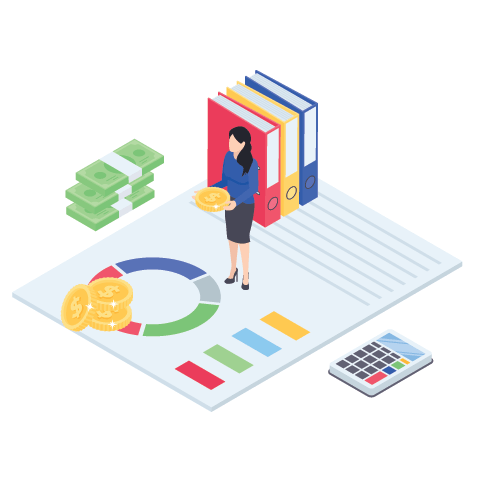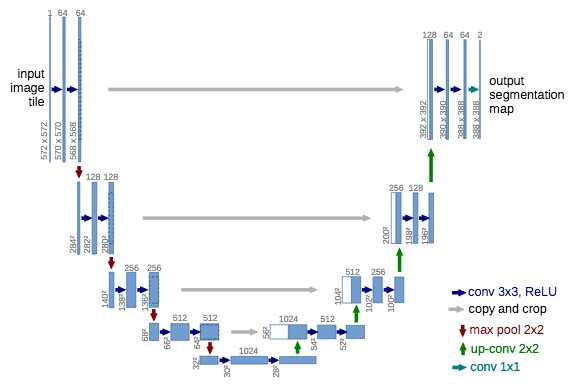
Deep Learning with PyTorch
Our goal with PyTorch was to build the most flexible framework possible to express deep learning algorithms. It is hard to attribute the success of PyTorch to a single factor. The project offers a good user experience and enhanced debuggability and flexibility, ultimately making users more productive. The huge adoption of PyTorch has resulted in a beautiful ecosystem of software and research built on top of it, making PyTorch even richer in its experience.
It starts with a tensor
The process begins by converting our input into floating-point numbers.
Since floating-point numbers are the way a network deals with information, we need a way to encode real-world data of the kind we want to process into something digestible by a network and then decode the output back to something we can understand and use for our purpose
Start to learn Tensor
Pretrained networks::ResNet101
Just use the existing models to inference.
We are going to learn how to use the work of the best researchers in the field by downloading and running very interesting models that have already been trained on open, large-scale datasets. The predefined models can be found in torchvision.models.
Start to learn ResNet101
Pretrained networks::AlexNet
Just use the existing models to inference.
We are going to learn how to use the work of the best researchers in the field by downloading and running very interesting models that have already been trained on open, large-scale datasets. The predefined models can be found in torchvision.models.
Start to learn AlexNet
Transfer Learning
A fast way to create NN-model.
You can apply transfer learning, a process of fine-tune pretrained models with a much smaller dataset of new images.
Transfer Learning
Deep Learning from Scratch
Build and visualize your Layers
One of the best things to learn is to gradually build up the momentum from theory to practice. Another key feature is that this article attempts to explain advanced theoretical concepts.
DL from Scratch
Semantic Segmentation
Interpreting visual information
The goal of semantic segmentation is to identify collections of pixels and classify them based on various characteristics. Unlike other segmentation tasks, semantic segmentation assigns a semantic class label to every single pixel in an image.
Semantic Segmentation